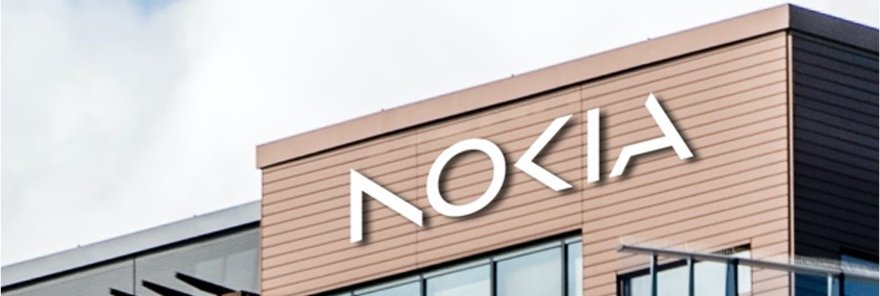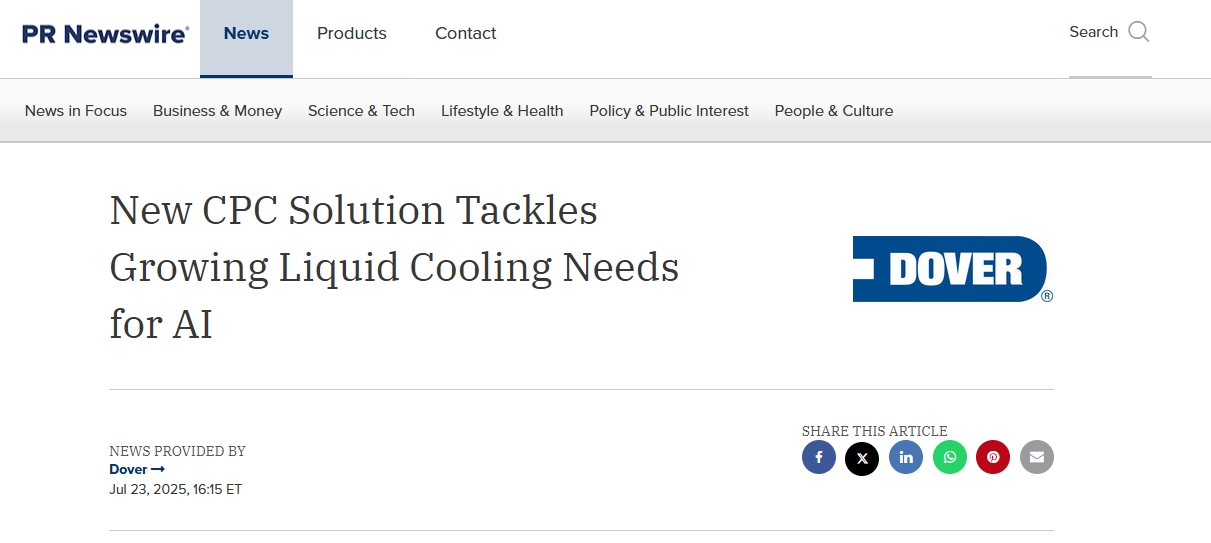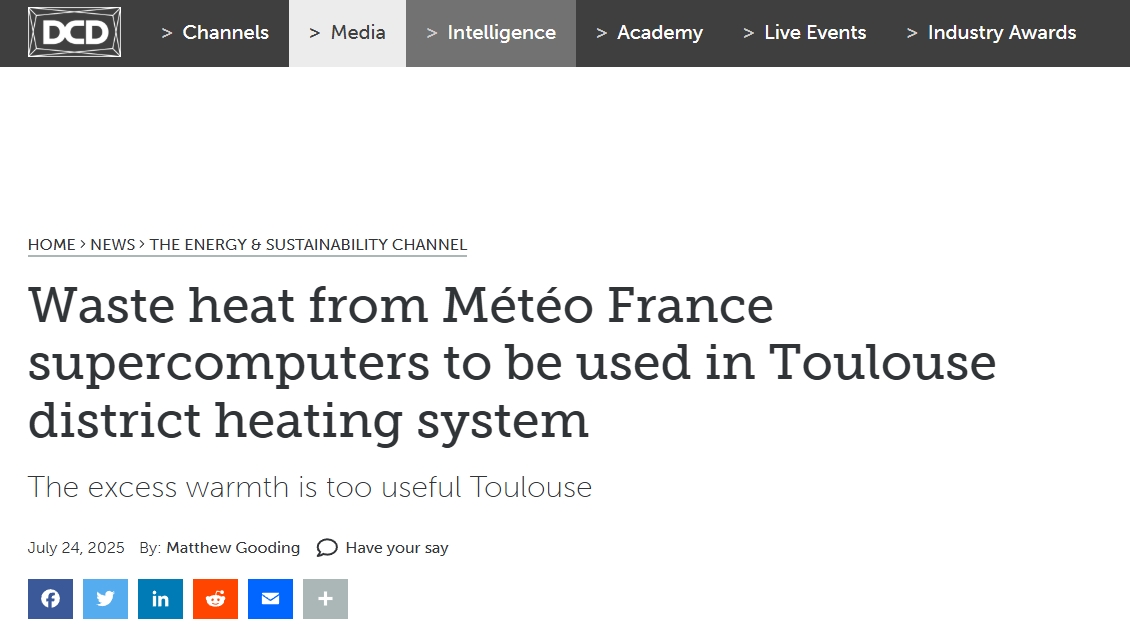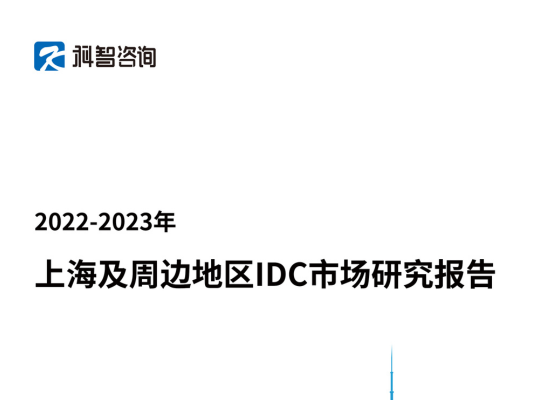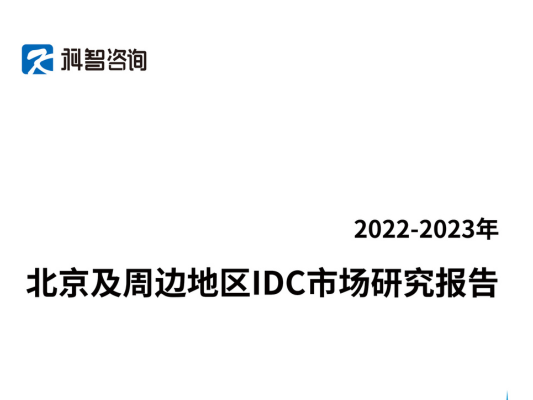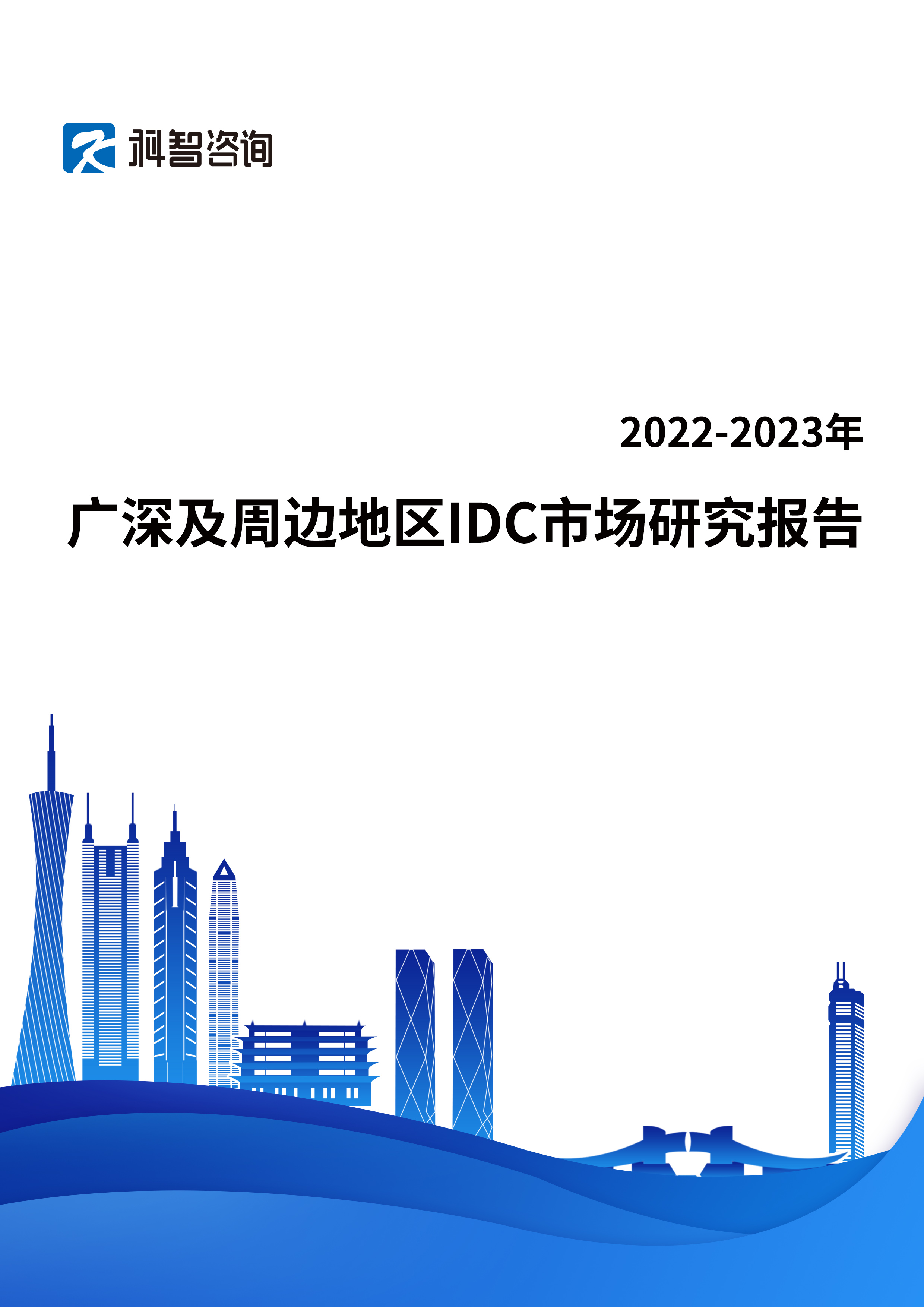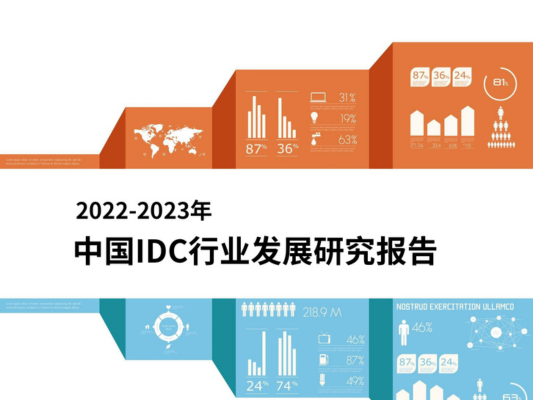Nokia will link 30 CoreSite data centers across 11 US markets in support of a growing push toward connecting AI and high-performance workloads between edge environments.
The agreement will have CoreSite tapping Nokia’s 7250 Interconnect Routers to manage routing of data storage and processing at the CoreSite colocation centers and Nokia’s 7750 Service Router to provide IP interconnectivity within the data center campus. These systems will use Nokia’s Service Router Operating System to integrate with CoreSite’s existing environment.
The updates will power CoreSite data centers that currently serve nearly 40,000 customer interconnections. These include on-ramps to cloud providers and on-premises private data center locations.
American Tower acquired CoreSite in 2021. The deal was framed as a way for American Tower to expand monetization of its physical assets.
Nokia launched the 7250 router architecture in mid-2020. The portfolio spans top-of-rack switches, spine switches, super-spine switches, and modular chassis spine switches with support for 400 Gb/s, 100 Gb/s, 50 Gb/s, 40 Gb/s, 25 Gb/s, 10 Gb/s and 1 Gb/s interfaces.
Nokia’s 7750 core routers use the vendor’s FP5 routing silicon, which includes its FP5 line cards that can support current 100 Gb/s and 400 Gb/s Ethernet traffic as well as next-generation 800 Gb/s Ethernet with lower power consumption compared to the previous line card iteration while still being able to operate on the same network with those legacy products.
Nokia unveiled its FP5 silicon in mid-2021. The power-rich programmable routing chip is targeted at high-bandwidth use cases like 5G backhaul and industrial IoT networks.
The CoreSite deal continues Nokia’s deeper push into the data center networking space. The vendor recently closed on its $2.3 billion Infinera acquisition that bolsters Nokia’s position with webscale providers.
Manish Gulyani, head of marketing for network infrastructure at Nokia, explained to SDxCentral in an interview that the Infinera assets will bolster Nokia’s switching platforms.
“We can really cover the IP switching and routing and the optical piece all together for all things cloud. That's kind of our growth area,” Gulyani said, noting that the “big bet” on Infinera brings those opportunities “in house to scale up on the optical side, you're doing a big investment on the IP side around switching … so between that and go-to-market I think we have a pretty good play going forward.”
Nokia’s switching accolades
Nokia’s efforts have garnered some industry recognition.
Gartner recently placed the vendor in the “visionaries” box of its latest Magic Quadrant ranking of data center switch vendors. That ranking was alongside Dell Technologies, and somewhat below market “leaders” Cisco, Juniper Networks, Arista Networks, and Huawei.
Gartner’s analysis noted that Nokia was pushing new innovation in the space, but still had somewhat “limited expertise in the enterprise data center switching market as a newer entrant in the space, with a smaller installed base of customers.”
Gartner did predict the market was set to surge as data center operators looked to replace legacy switching equipment to support their new generative AI (genAI) and AI workloads.
GigaOm also heaped praise on Nokia’s data center switching efforts, ranking the vendor as a market “outperformer.”

